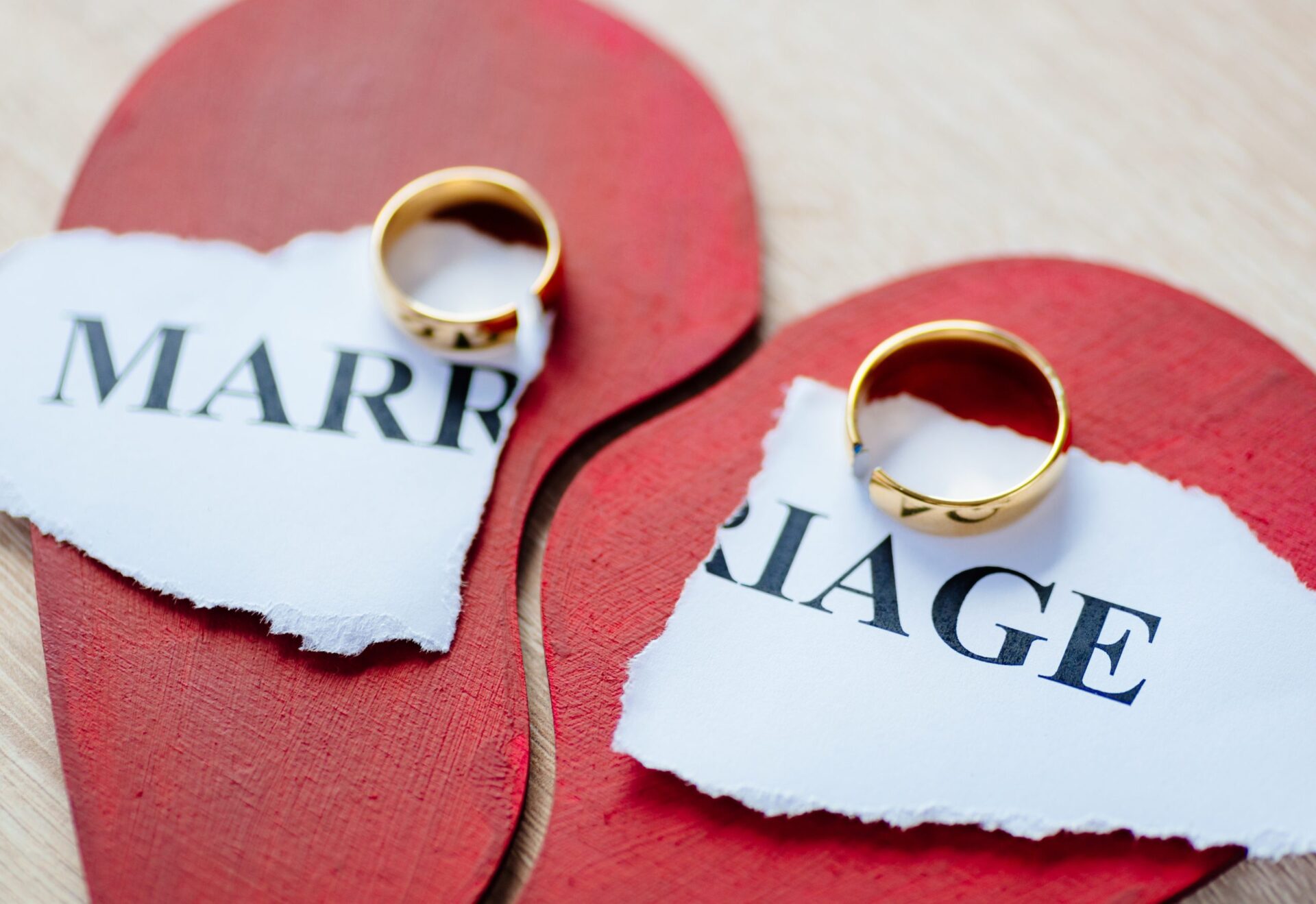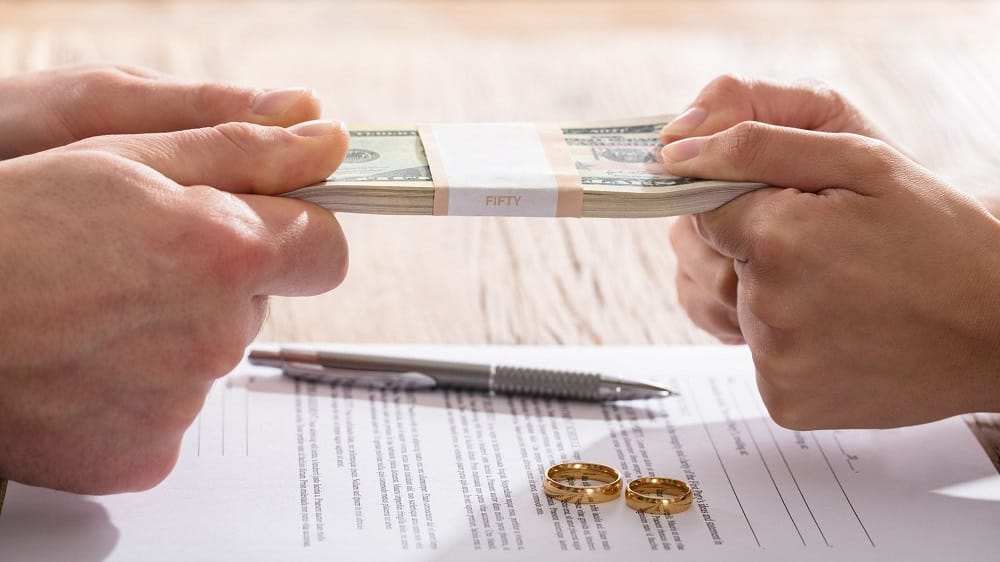When a married couple decides to divorce, one of the biggest decisions they will have to make is how to divide their assets. In Australia, the law requires that all assets be divided fairly between the two parties. However, there are a number of factors that can affect how the assets are divided, such as the financial contributions made by each spouse during the marriage, the length of the marriage, and any significant changes in the value of the assets during the marriage.
One of the most important considerations in dividing assets after a divorce is what is fair and reasonable in the circumstances. The court will take into account a number of factors when making this decision, including the needs of each spouse, any children of the marriage, and the financial resources of each spouse. In some cases, it may be necessary to sell some of the assets in order to divide them fairly between the two parties.
After a divorce, the process of dividing assets can be complex and time-consuming. In some cases, couples are able to come to an agreement on their own and have a lawyer put this into a binding settlement agreement called Consent Orders. However, in other cases, the court may need to get involved. When it comes to shares and investments, there are a few things that need to be taken into consideration.
The court would also consider any prenuptial or post-nuptial agreements that may have been made regarding the division of assets in the event of a divorce. For this, the shares need to be valued. This can be done by looking at the current market value or the value at the time of the divorce. Next, the shares need to be divided between the two parties. This can be done equally or based on who contributed more to the purchase of the shares. Finally, any taxes that need to be paid on the sale of the shares need to be taken into account. If all of these factors are not considered, it could result in one party getting more than they deserve.
Finally, the court would look at each spouse’s financial needs and determine how best to divide the shares in order to meet those needs. In some cases, one spouse may be ordered to sell their shares and give the proceeds to the other spouse. In other cases, the couple may decide to keep their shares and simply give up other assets of equal value in order to maintain their ownership.
It is important to remember that the process of dividing assets after a divorce can be complex. If you are going through a divorce, it is in your best interest to seek the advice of a lawyer who specialises in family law. They will be able to help you understand the process and ensure that your interests are protected.






